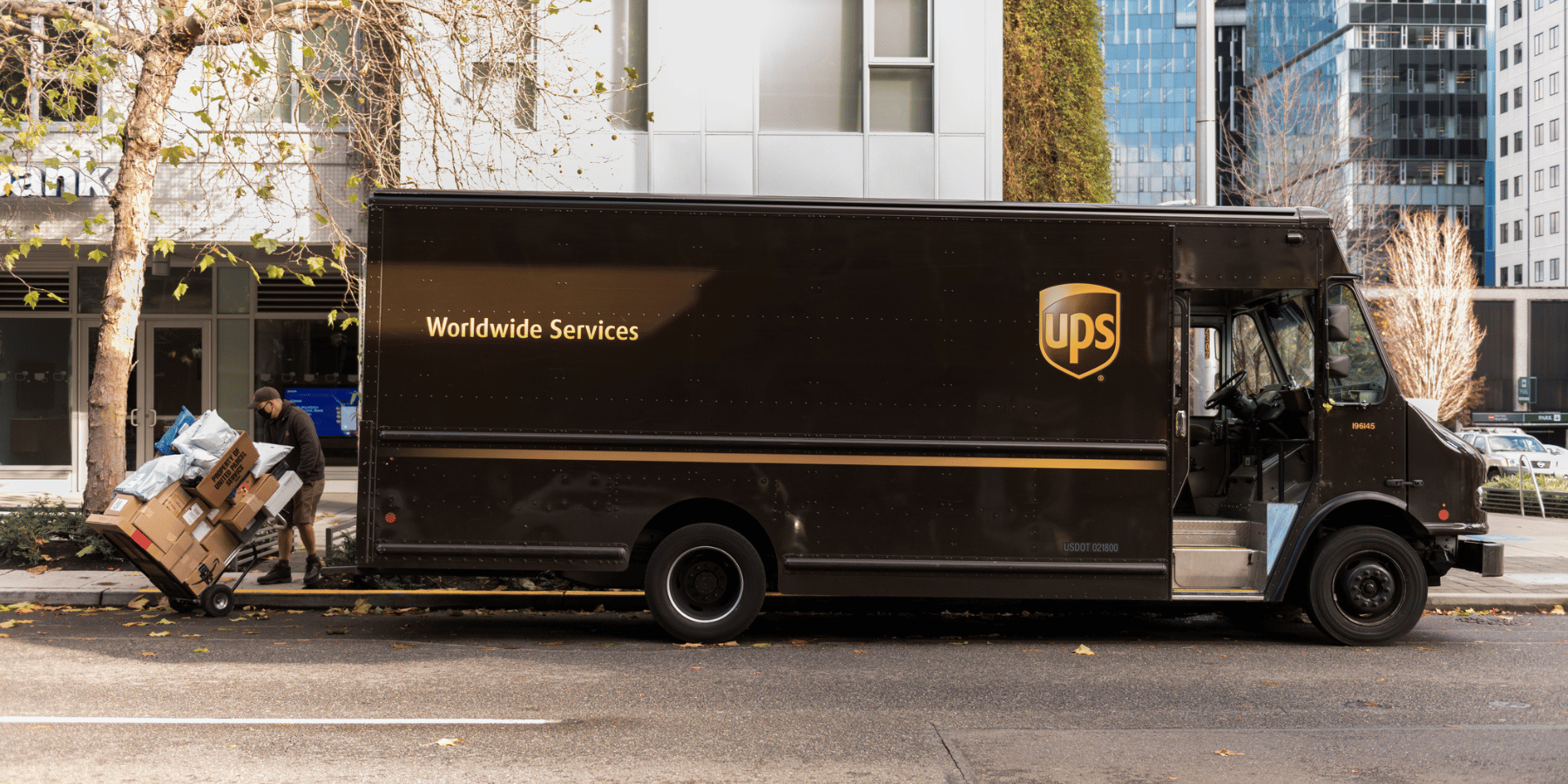Some merchants loathe shipping, while many others love it. So what’s the difference? Often, it’s simple: a shipping strategy that works for everyone, including customers.
Some merchants loathe shipping, while many others love it. So what’s the difference? Often, it’s simple: a shipping strategy that works for everyone, including customers.
Keep reading to see how four key elements help contribute to a shipping strategy that won’t just save you money, but make you money. This blog is Part 2 of our recap of our webinar featuring ecommerce partner Skubana. Read Part 1.
Since the dawn of time in the world of ecommerce (which was nearly two whole decades ago), every merchant has had at least one run-in with a troublesome shipment. Whether those problems are frequent or rare has a lot to do with whether or not the company has a useful shipping strategy. Without one, you’re likely overcharging or undercharging customers, not providing the best possible options, and likely losing customers who reach the shipping page during checkout.
To understand what goes into a shipping strategy, check out Part 1 of this blog, where we review best practices to ensure your customers are seeing and paying accurate shipping rates. In Part 2, we’ll discuss the importance of other elements of your strategy, including transparency with customers, and a variety of factors that can fine-tune your strategy further.
Do my customers really want transparency?
It might be tempting to give customers a date range, think “5-7 business days,” for their shipping quote. Keeping things vague to mitigate disappointment is a common, but not ideal solution. In truth, however, your customers want the opposite: a clear and firm idea of when their order will arrive. If a product will take a while to ship, your customer deserves to know this before they place their order. Giving them a realistic timeline will prevent surprise delays – and angry customers.
You should also be sure you’re not providing your customers with unnecessary options that only serve to complicate things. For example, if a customer is located in the same city as your warehouse, offering 2-day air shipping is unnecessary and could feel dishonest. After all, ground shipping costs less and can get a package to a customer as quickly.
Be sure to create shipping logic that accounts for situations like these, but don’t be afraid to offer several relevant options to customers who can use them.
Live Rates for Parcel and Freight
Without real-time shipping rates, you’re not offering the most accurate pricing, point blank. While there are endless ways to enhance your checkout experience have, they all need to be based on a foundation of accuracy. To build this foundation, you need real live rates, and with ShipperHQ, that’s what you get. With more than 50 carriers integrated into our system, you can even pull live rates from both LTL and parcel carriers to find the best option for every individual shipment.
Some merchants who regularly ship their products via LTL are surprised to find this built-in functionality. With freight quotes in ShipperHQ, you can sidestep the time-consuming process of finding shipping quotes manually. By providing live rates to your customers for LTL shipments, you create a standard of accuracy – something both you and your customers can appreciate.
Dimensional Rating
In the old days of ecommerce, most merchants priced their shipments based on weight alone. Surprisingly, this method results in a lot of incorrect rating, causing merchants to undercharge customers. For example, if you calculate the rate for a shipment based on its weight of 10 lbs., you might be shocked when the carrier charges you for a 12-lb. shipment after they’ve factored in the package dimensions. If you charged the customer for the 10-lb. shipment, you’re out the difference.
With Dimensional Packing, merchants can calculate shipping costs based on the same dimensional rating methods that carriers use. This method takes into account dimensional weight, or the size (dimensions) and weight of a package, providing much more accurate rates.
If you’re only calculating rates based on weight, you’re probably regularly losing money on shipping. Switching to dimensional rating alone could have a big impact on your bottom line.
Residential vs commercial last mile fees
Another often overlooked aspect of shipping are fees associated with address types. For newbies, especially, it’s surprising to learn that it usually costs more to deliver to a residence than a business. Without a way to differentiate these types of addresses, you have no idea if a shipment is going to a business or a home. This can result in fees or chargebacks that you might not even notice. Or worse, failed delivery attempts and more returns.
With address validation built into your shipping platform, you get precise information about every shipment’s destination. This allows you to apply surcharges or discounts where applicable. One ShipperHQ customer was able to save $40,000 per month in shipping costs, simply by applying address validation, which can be set up in under an hour.
Don’t guess on duties and taxes
As ecommerce grows internationally, the trend of international shipping follows. With this territory comes the world of international duties and taxes on the items you’re shipping.
To avoid sticking your customers with unexpected payments required upon delivery, you can show them the exact duties and taxes they’ll owe right at checkout. Of course, you need intelligent tools to calculate these costs, and you need a good understanding of what specific charges your respective products require in each destination.
Even if you can’t collect the fees within checkout, just giving your customer a heads up about the charges they should expect will be appreciated.
Do it all with ShipperHQ
Feeling left behind on your shipping strategy? Never fear, our shipping experts are here to help. See the platform in action with a free 15 day trial, or contact us today for your own personalized walk-through.






